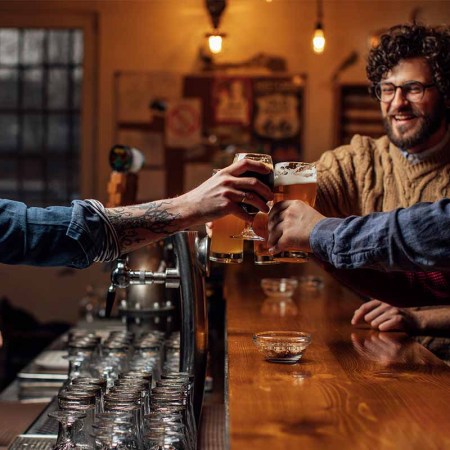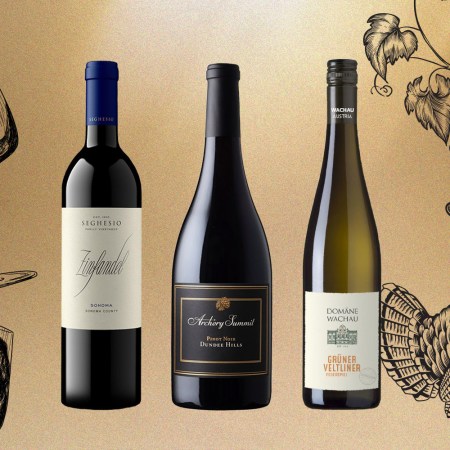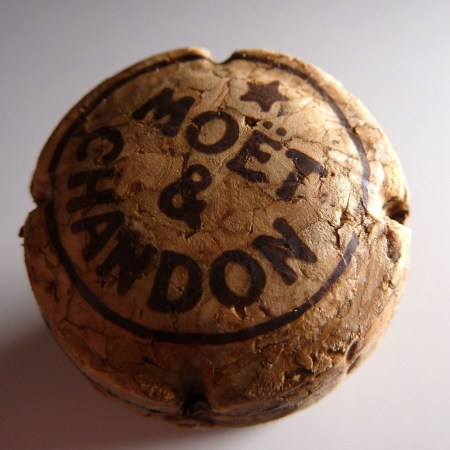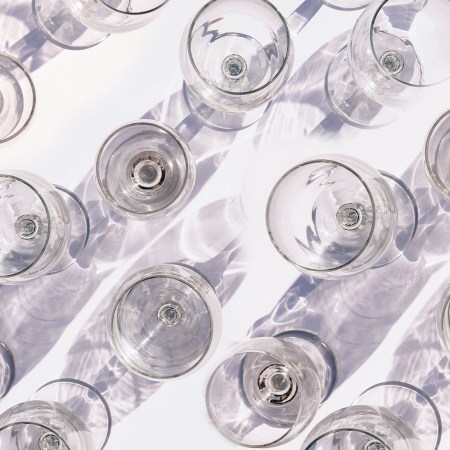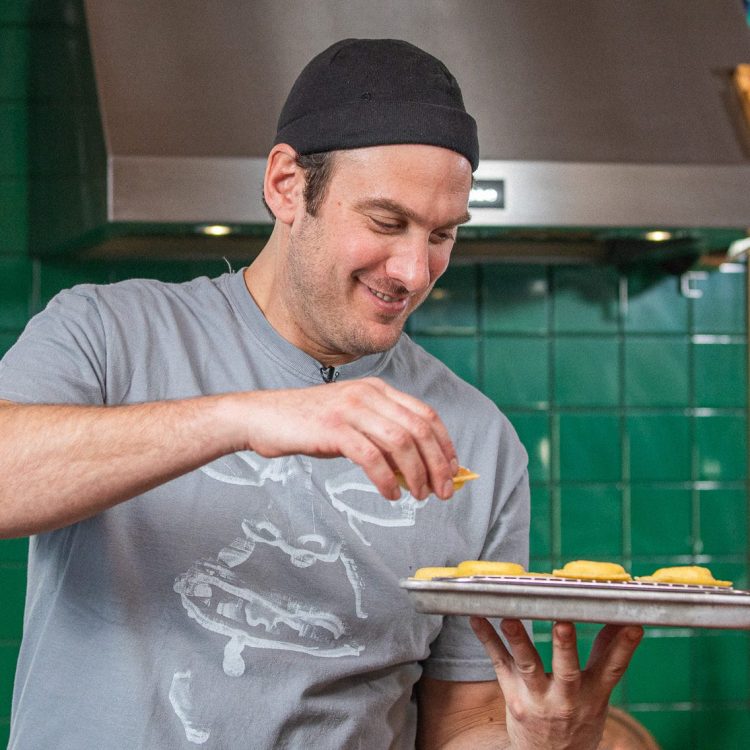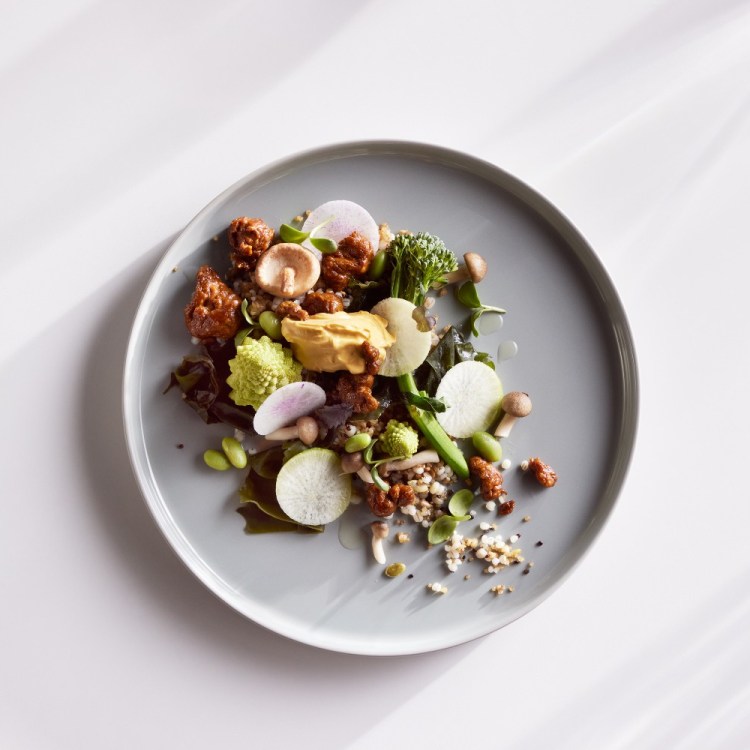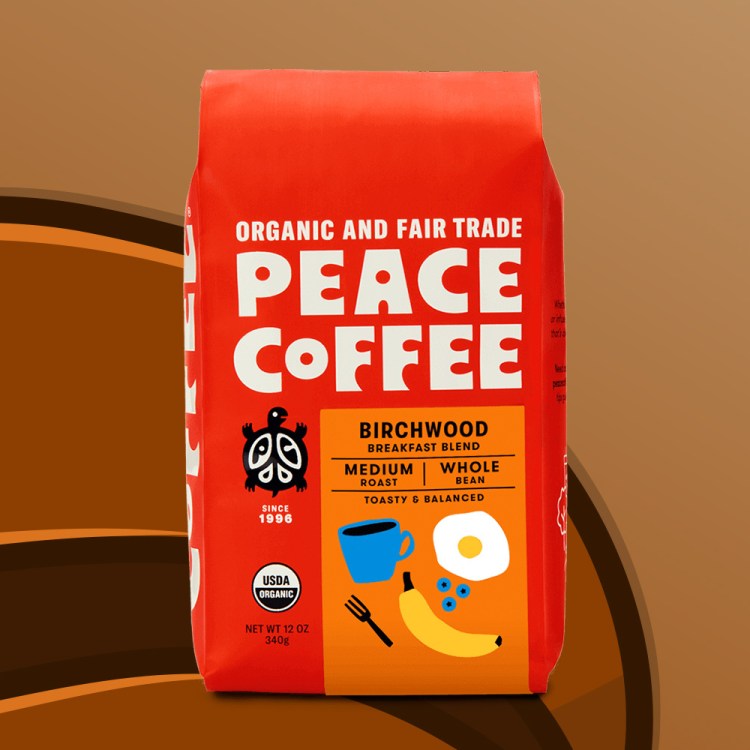You’re at a fancy restaurant and someone hands you a wine list the size of the Oxford dictionary.
If you feel even the slightest bit of panic … we got you.
Turns out a few simple terms and ideas can make you look pretty smart and get you a great bottle.
That’s the bottles of wisdom we imbibed from Dan Dunn, former Playboy nightlife columnist, author of American Wino: A Tale of Reds, Whites and One Man’s Blues and host of the podcast Drinky Fun Time.
Dunn, who recently partnered with American craft winery The Federalist, was actually more of a beer and spirits expert until a few years back, when he underwent a cross-country, 15,000-mile road trip to educate himself on vino (as chronicled in his book).
Below, our conversation with him about everything he learned, which has been edited and condensed for clarity.
InsideHook: What are a few wine terms you should know, regarding nose, taste, etc.?
Dan Dunn: Here are some commonly used wine terms and what they really mean:
- Opulent: Another way of saying “full bodied” without fat-shaming a wine.
- Flamboyant: Best served with show tunes.
- Food-friendly: It has no beef with beef, is cool with kale and sociable with sociables.
- Buttery: The preferred passive-aggressive way for California Chardonnay haters to describe Chardonnay made in California.
- Chewy: So tannic it dries out your mouth. Or you forgot to spit out your gum.
- Dry: Most still wines actually fall into this category. Try substituting “Mitch Hedberg-esque,” “itchy” or “moistless” to impress at tastings.
- Complex: Translates to “I actually have no clue what I’m tasting.”
- Big: Goddamn California Cabernet.
- Oxidized: Hey, look at me and my big wine words!
- Savory: Fruit-backward.
- Flabby: Lacks acidity and often has trouble finding clothes that fit well.
IH: When people discuss regions, what you should do?
DD: All you gotta do is memorize the triple crown of vintages and regions. The winning trifecta is: 1947 Bordeaux, 1996 Champagne and 1970 Northern California. Once you’ve won everyone’s undying awe and respect by citing said wines, use it as a springboard into subject matter you’re more familiar with, like, “Yeah, that ’70 Mayacamas is a real killer. Did you know that Black Sabbath released their debut album on Friday the 13th that same year?”
IH: Somebody at the wine tasting is infinitely more knowledgeable than you. What should and shouldn’t you do/say if you’re sitting near them?
DD: Look, for all but the most refined palates, figuring out what’s happening flavor-wise in any given wine is a crapshoot. Luckily, even when you’re at a loss to pinpoint precisely what it is you think you’re tasting, there are five simple words which can be used indiscriminately and interchangeably such that no wine snob will ever look at you sideways. They are: “complex,” “balanced,” “layered,” “intense” and “well-rounded.” Wine prognosticators who use these words are like psychics who sense concern over affairs of the heart, money or health. In other words, it’s bulletproof, never-fail bullsh*t. Deploy one or more of these terms, and it’s hard to go wrong no matter what you say next.
Also, I’d suggest learning a few excellent bottles in the $10-20 range so you can drop statements like “I’d put a Federalist Bourbon Barrel-Aged Zinfandel up against a $100 Sea Smoke any day of the week.” When the snobs tutt and fuss, just say “no really, with the money I save I can afford bleacher tickets for the Dodgers.”
(Editor’s note: A quick drinking break to enjoy the best wine tasting scene in a movie, below.)
IH: At these tastings, what’s the best way to get to know the wine? (Sniffing, swirling, etc.)
DD: Best way to taste wine is by pouring it into your mouth. Is that a trick question? All jokes aside, we don’t believe in being precious with the way you taste wine. You’ll know the wine for you when you taste it.
IH: Are there any etiquette rules a novice wine taster should know?
DD: Don’t slurp, spit or use the phrase “nice legs.” I think these speak for themselves. It’s a wine tasting, not a construction site.
IH: Anything a person should never say when tasting wine?
DD: You might think that original ideas would be embraced in a room full of intelligent, curious people of the type who attend wine tastings. And you would be wrong. Dare to utter something like “What the hell does Robert Parker know anyway?” and they very well may stone you to death. Instead, stick with safe, unoriginal bromides such as “wine is made in the vineyard, not the winery” or “the scoring system employed by the mainstream wine media is bogus,” or better yet, “oak has no place in a decent Chardonnay.” That last one’s got the added advantage of being true.
IH: Any suggestions for pairing?
DD: Take a red wine like Federalist Cabernet Sauvignon. Sweet foods and Cab go together like Ike and Tina Turner, so you’ll want to avoid that. Believe it or not, sour flavor actually smooths out the taste of Cabernet, and salt enhances the tannic kick, heightening the intensity.
There are five basic tastes: sweet, sour, salty, bitter and umami. Here’s a little experiment you can try to see how Cabernet Sauvignon interacts with the five basic tastes. You’ll need a bottle of Federalist Cab, green apple, lemon, sea salt, burrata and sharp cheese.
Sweetness
Take a small sip of wine. Then take a small bite from a green apple. Sip the wine again. You’ll find it tastes sour. Aggressively so.
Verdict: Sweetness and Cabernet Sauvignon don’t mix.
Sourness
Sip the wine. Take a small nibble on a lemon wedge. Have more wine. The lemon smoothes it out, and gives the wine a velvety texture.
Verdict: There is no such thing as sour grapes, just bad food pairing.
Saltiness
Wine. Pinch of sea salt. Wine again. These two play well together, the salt enhancing the tannic kick, heightening the intensity.
Verdict: Pass the salt please.
Bitterness
Pour wine down your gullet. Eat some burrata cheese. More wine down gullet.
Verdict: The burrata makes the wine extremely bitter
Umami
Same drink-eat-drink routine, using sharp cheese. The acidity in the cheese is highly compatible with the wine.
Verdict: Umami is far better as a thing to pair with Cabernet than bitterness.
Join America's Fastest Growing Spirits Newsletter THE SPILL. Unlock all the reviews, recipes and revelry — and get 15% off award-winning La Tierra de Acre Mezcal.
